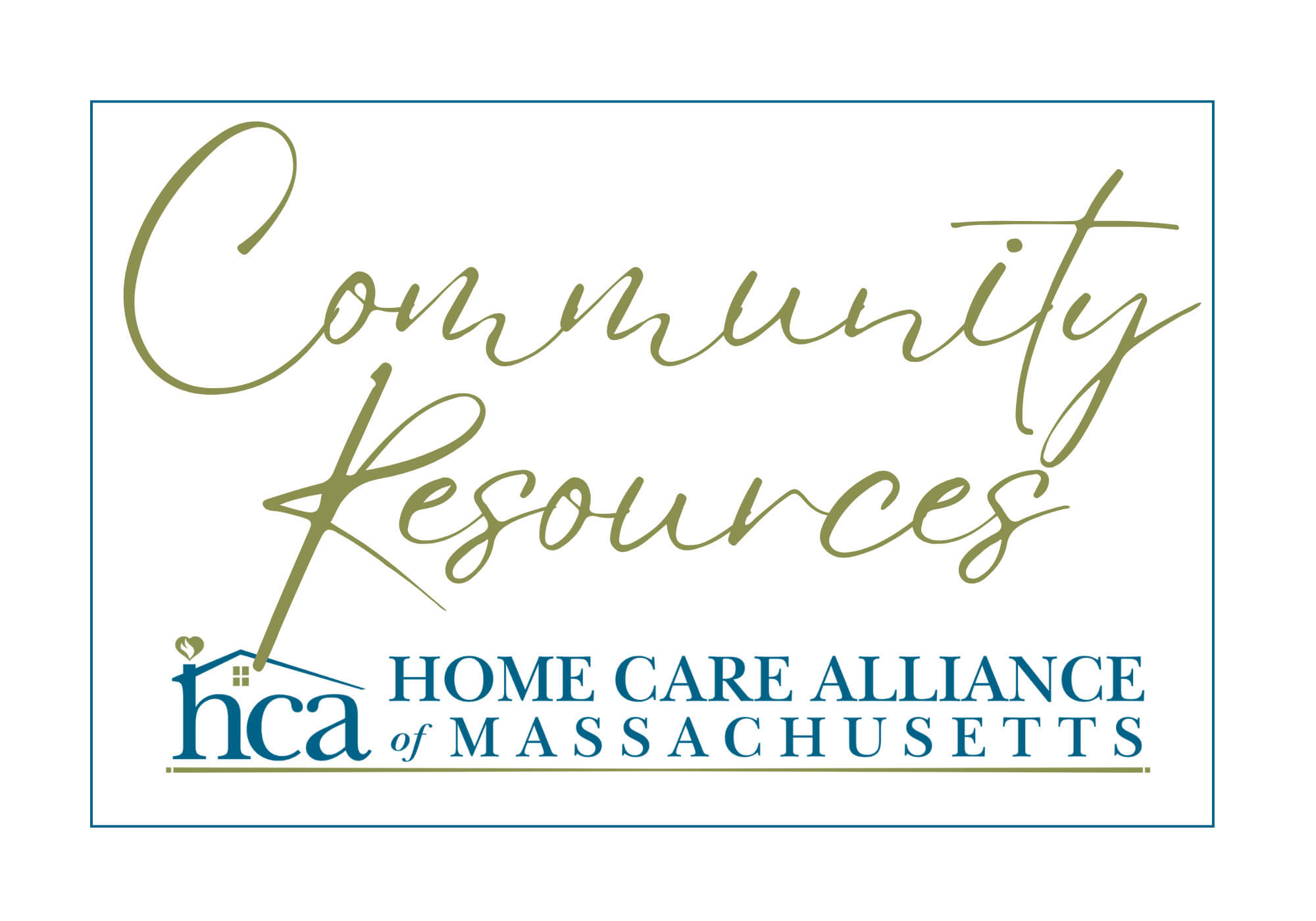Referral Resources

Home Care Referral Resources for Providers
The Referring Providers page offers key resources to help healthcare providers easily navigate the home care referral process. From documentation requirements to patient eligibility and care coordination, this page provides everything you need to make seamless and informed referrals for your patients.
What Are the Home Health Care Eligibility Criteria?
Home health is covered under Medicare’s Home Health Benefit. Refer to Medicare’s home health coverage and home health criteria.
Covered Home Care Services
Covered home care services, often through Medicare or Medicaid, can include a range of medical and non-medical assistance, including skilled nursing care, physical therapy, occupational therapy, speech-language pathology, medical social services, and assistance with activities of daily living.
Additionally, Medicare covers durable medical equipment and medical supplies used at home
Referral Process
To refer a patient to home health care, a physician needs to complete a referral order with specific information, including the patient's diagnosis, the need for skilled care, and any relevant medical history. A face-to-face encounter is also often required, and the physician must certify the need for home health services.
Medicare Face-to-Face Requirement
Face-to-face documentation for home health care requires a physician or non-physician practitioner (NPP) to document the encounter, including the patient's name, date of birth, date of encounter, primary reason for home health, and the patient's clinical condition. The documentation must also support the patient's homebound status and need for skilled services, with the certifying physician's signature and date attesting to the encounter. The encounter must occur within 90 days before or 30 days after the home health start of care.
Care Plan Development
Key Elements of a Physician Care Plan:
Patient Assessment: A comprehensive evaluation of the patient's medical condition, functional abilities, and support system.
Diagnosis: Identification of the patient's health problems and challenges.
Outcomes and Goals: Measurable objectives that define the desired improvements or outcomes of care.
Interventions: Specific actions, treatments, or services that will be implemented to achieve the stated goals.
Evaluation: Regular assessment of the patient's progress and adjustment of the plan as needed.
Physician's Role
Provide a Specific Diagnosis. The diagnosis should be detailed and avoid vague terms.
Certify the Need: The physician must certify the need for home health services and the patient's medical condition meets the requirements for home health.
Follow-Up: Maintain ongoing communication with the home health agency to ensure appropriate care for the patient.
Transitioning to Home Health Care
Transitions in care are an opportunity to improve the quality, safety, and cost-efficiency of patient care pathways. The transition into home health care can be meaningfully and measurably improved for patients, their families, inpatient, outpatient, and home health care providers through establishing clearly defined "shared expectations" between referring providers and accepting home health agencies.
These “shared expectations" create a voluntary, standardized set of administrative and clinical practices that referring providers and accepting agencies – regardless of system or local referral market – can collectively recognize as independent and interdependent processes that can help define high-performance and reflect evolving models of integrated and accountable care.
The following resources focus on the transition from hospital to home, or from a skilled nursing facility (SNF) to home health care. They outline performance expectations of hospital/ SNFs ("senders") and home health agencies ("receivers") as they accept a patient from the acute/post-acute facility setting and initiate home health care. In addition, they outline practices home health agencies will take as "senders," if a change in care setting is required.
Shared Expectations Resources
- Hospital to Home Checklist- Shared Expectations
- SNF to Home Checklist- Shared Expectations
- Post-acute Transition Home (PATH) Tool
- PATH – Post Acute Transition Home (PowerPoint)
Other Resources
- Massachusetts Readmission Rate: Center for Health Information and Analysis (CHIA)
- MA Statewide Safe Transitions Measures
